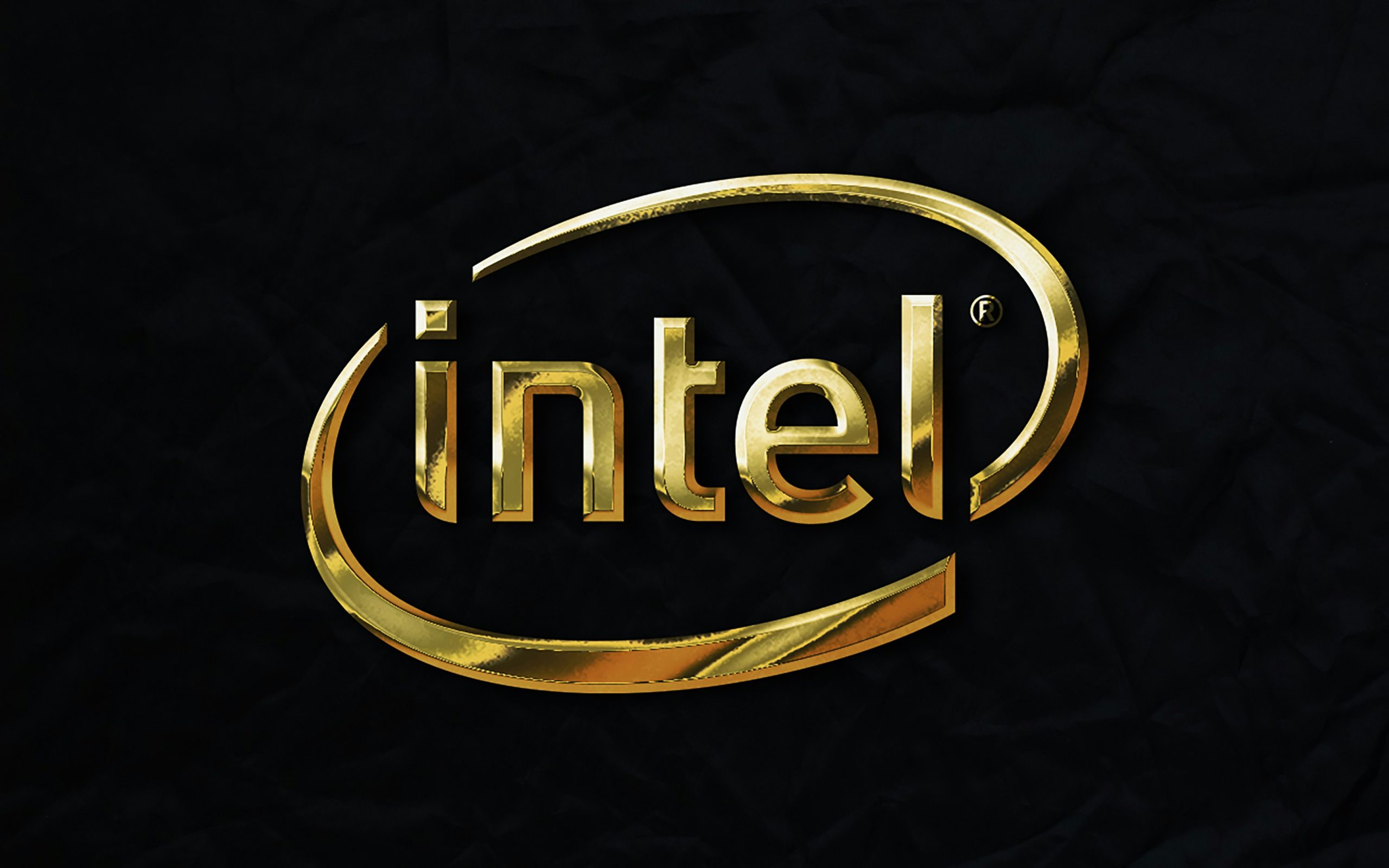Bank of America (BofA) is optimistic about Intel’s latest shift in strategy – securing customer commitments before making massive capital expenditures. The approach, aimed at “forming demand before CapEx spend,” could significantly lower capital intensity, aligning Intel more closely with a fabless or quasi-fabless semiconductor model. 
This would help the company conserve liquidity and reduce execution risk around its upcoming 14A node.
Under new CEO Lip-Bu Tan, Intel is prioritizing agility and market responsiveness. The plan is to roll out the 14A node only when there are solid customer orders in place, avoiding the traditional approach of building capacity first. Alongside this, Tan is reinvigorating the x86 platform with the Panther Lake and Nova Lake CPU lines and Granite Rapids GPUs, all with enhanced Simultaneous Multi-Threading (SMT) support to stay competitive in AI-heavy workloads.
Intel is also taking drastic measures to cut costs, including a 15% workforce reduction – about 14,925 jobs – on top of the 30,000 roles shed over the past two years. The company is shuttering plants in Germany and Poland, a sign of its shift toward a leaner operational model. Its cash reserves, totaling $21 billion as of June 28, 2025, give Intel breathing room for debt reduction without resorting to new borrowing. BofA expects the company to use this liquidity, along with commercial paper and potential asset sales from Mobileye, Altera, or the Network and Edge division, to meet upcoming debt maturities and improve its credit profile.
Challenges remain. Intel still faces intense competition, must stop its market share erosion, and deliver competitive AI-ready products while resolving uncertainties over the 18A node. However, Tan’s strategy recently got an unexpected boost after a meeting with President Trump, who reversed his earlier critical stance toward the CEO, instead praising his “success and rise” and calling his career an “amazing story.” For now, Intel’s course correction could prove decisive in reshaping its role in the semiconductor industry.